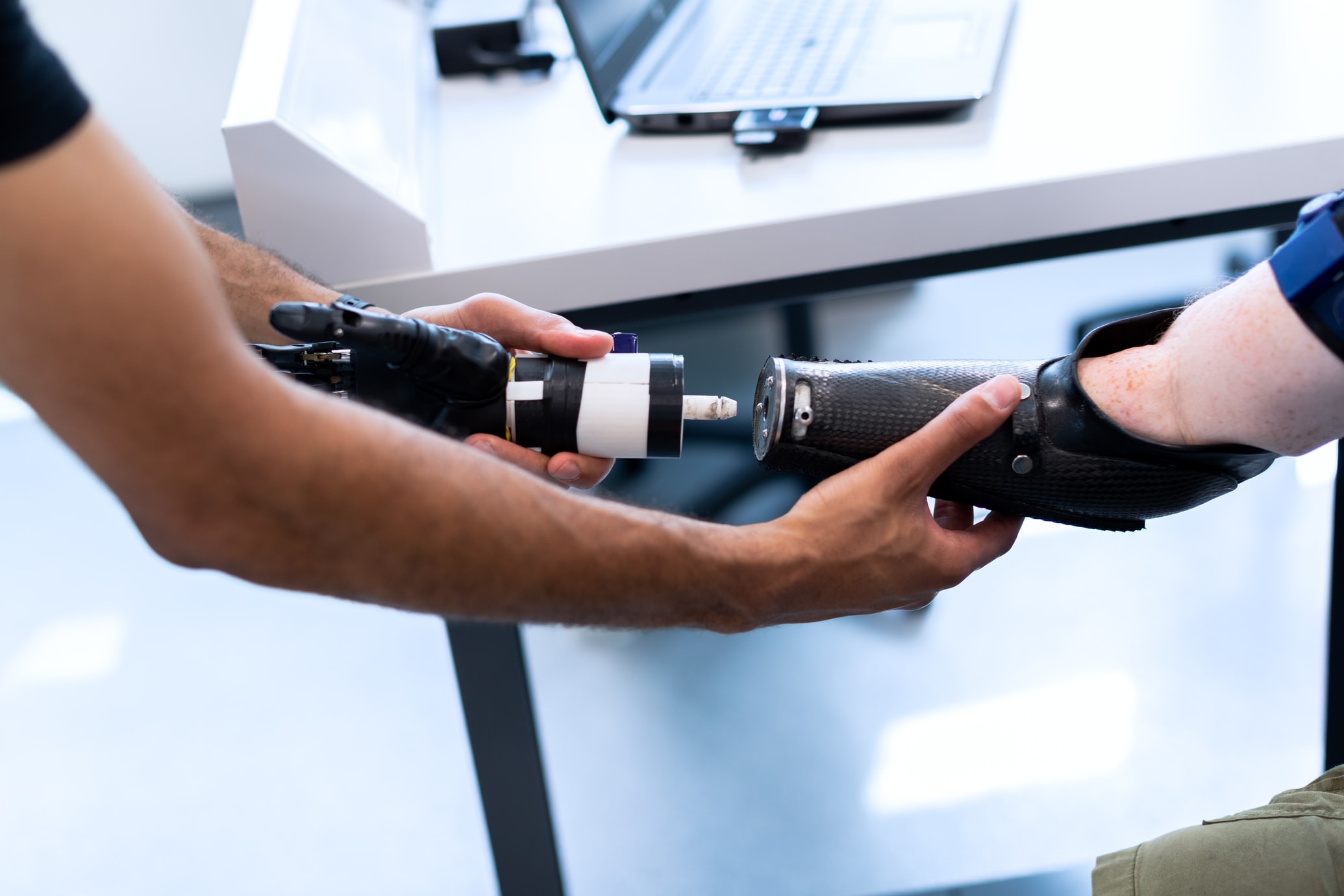For years, the assistive tech industry has struggled to get its footing. Considerable challenges—stigma, underfunding, and expensive hardware—have made it difficult for startups to get off the ground.
What it is: Assistive tech describes products and services that help those in the disabled community increase, maintain, or improve their ability to function independently.
Bullish on bionics. The market is massive — 15% of the global population currently experiences some form of disability, and that number is growing:
- As the population ages, the World Health Organization estimates that over 2B people will need at least one assistive product by 2030.
- Experts project the number of amputees will double by 2050, a product of obesity and diabetes-induced vascular problems.
The current landscape. At its present trajectory, the industry is ill-equipped to keep pace. Venture capitalists often overlook the space entirely, and most assistive features integrated into existing tech are merely an afterthought.
Big Tech expects disabled people to conform to the world, says Amy Gaeta, a disability expert at the University of Wisconsin-Madison, and initiatives are often shrouded in a rhetoric of pity. Gaeta expands further:
“You get the sense from this kind of widespread permeated ideology that disabled people are of lesser social value. They’re of lesser importance.”
Aging well. An intersecting category, over 46% of the elderly (aged 60 or older) live with a disability. Elder tech has gained traction recently, particularly platforms that connect patients to care. Here, companies like Mable ($100M) and Singapore-based Homage ($30M) have secured considerable funding, but there’s still a long way to go.
Igniting inclusivity. Last month, Unilever-owned Degree took out a full-page ad in the New York Times to push for change, noting that 80% of people with disabilities don’t feel comfortable in fitness spaces. Across industries, operators are taking action.
- Planet Fitness and FitXR have taken steps to make their gyms and classes more inclusive.
- Startups like EvoWalk and Unlimited Tomorrow are expanding options for the motion disabled.
- Engineers at MIT and University of Houston have broken barriers in improving tech and driving down prosthetics costs.
Meanwhile, Big Tech is trying to do better. Google introduced Sound Notifications last year, Alphabet X is working on an exosuit, and Apple recently integrated new accessibility features into its software updates.
Punchline: Existing assistive tech options have mostly fallen short. As the disabled population continues to grow and innovation drives down hardware costs, the assistive tech industry seems to be turning a corner.



